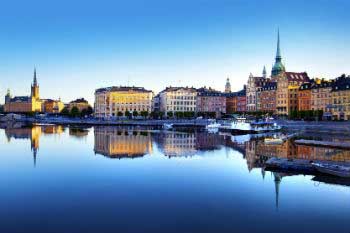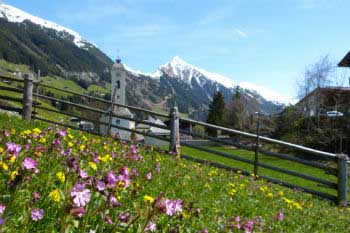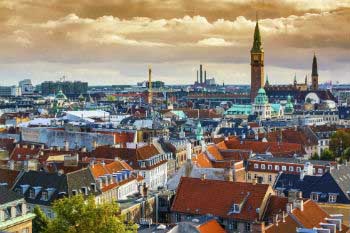At the European Conference of Berlin that took place in 2004, the EU set itself an ambitious goal: that in 2020 it would reach a 20% use of renewable energies for its total energy consumption. In 2012, the average was 14% therefore the use of this type of clean energy (wind, solar...) must continue being promoted instead of fossil fuels (coal, petroleum...).
Is it possible to get energy only using renewable sources? A report from the European Environmental Agency, (Europe's onshore and offshore wind energy potential) confirms that wind energy alone would generate sufficient energy for Europe without any problems, its output for 2020, is 3 times greater than the foreseen demand, this amount will increase to 7 times by 2030.
Reducing greenhouse gases and abandoning the dependency on petroleum use is therefore an achievable reality. These countries that use renewable energy are already demonstrating it.
Which countries are the current leaders in using renewable energies?

Sweden:
This Northern European country is developing while using limited coal, which is also more affordable, beneficial for the environment and for the consumer. So much so, that is has been commended by the IEA (International Energy Agency) for its energy policy. By 2010, the country already produced more energy from biomass than from petroleum.

Latvia:
Second place is also taken by a Nordic country. In Latvia, the most viable and common renewable energy is wind power, especially in regions with high wind speeds, which include the Baltic coast and western coast of the Gulf of Riga, its northern portion.

Finland:
The Aland archipelago, halfway between Finland and Sweden is the perfect place to harness wind energy. The EU has set its reductions for greenhouse gas emissions, caused by burning fossil fuels such as petroleum, carbon and peat; and produce sufficient renewable energy to cover 38% of overall energy consumption by the year 2020. In 2012, it was already at 34.3%.

Austria:
Another example of economic development based on renewable energy. In 2012, its percentage was 32.1%, nearing the 34% for 2020 set by the EU. A small example of the country's philosophy on renewable energies, knowing that energy from biomass has more than three years operating in this country with an amazing 90% efficiency.

Denmark:
This country really understands renewable energies: by 2035 they expect to use 100% renewable energies, and by 2050 they would not be using fossil fuels at all. Enviable, isn't it? Additionally, it is surprising to know that it has complete support from the country's political spectrum, which is very unusual in most countries.
Present of renewable energies
Each year more countries invest more of their economy into the development of renewable energy, knowing how unsustainable fossil fuels are and the dependency that they create. So, the countries with the biggest increase in 2012 were the US which increased green consumption by 12%, China, where it was 25%, Germany by 8% and Spain by 18%.
Even so, the contribution from renewable energy continues being modest in comparison with other sources of traditional energy: they still only account for 2.4% of global energy consumption and are responsible for 4.7% of the planet's electricity generation.
Do you think that promoting renewable energy use is urgently needed? Share your opinion!